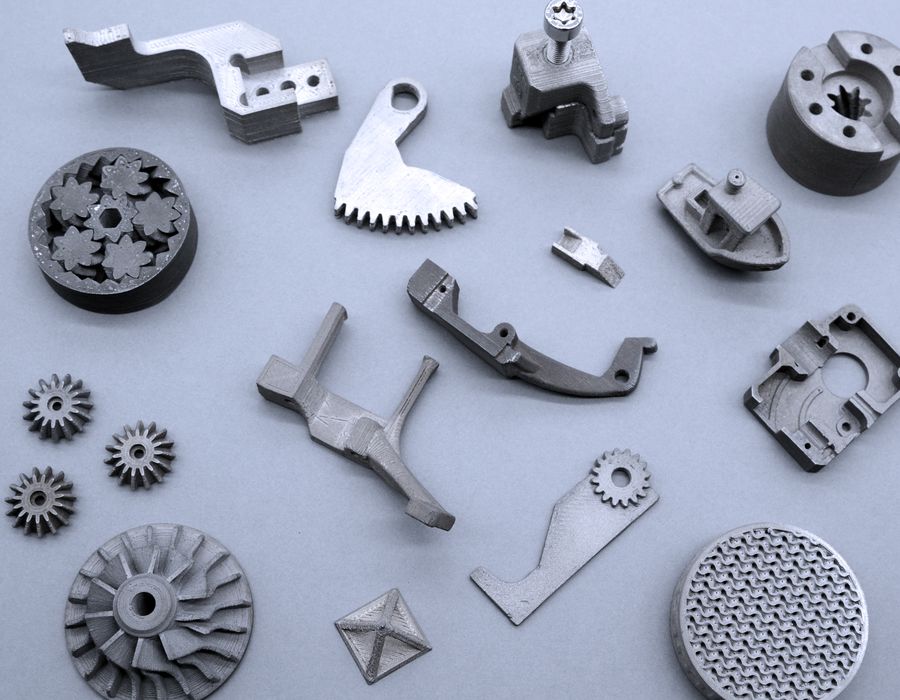
Several new AM materials were announced in past weeks.
We often receive notes from manufacturers that have developed new and unique materials, but most times the news value is relatively low and these do not warrant a story on their own. However, we thought we might bundle together several material announcements into one post, this one, for your review.
Nanoe’s New Stainless Steel Filament
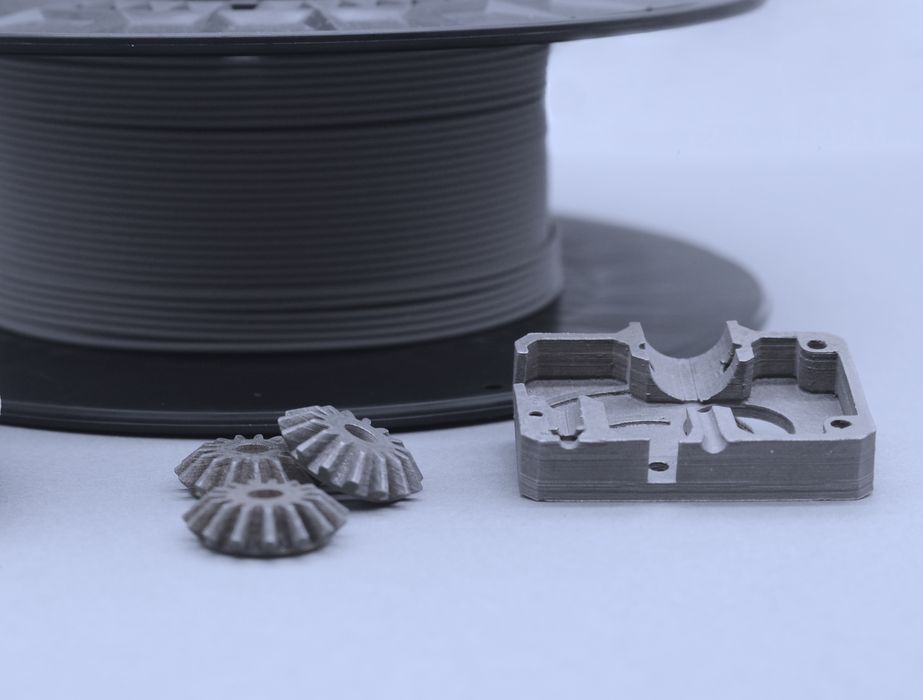
Nanoe has released a new stainless steel filament under their materials brand, Zetamix. The new filament, Zetamix 316L, can be used to print green parts using suitable FFF 3D printers. These parts can then be sintered to burn out the polymer, leaving pure metal for sintering in subsequent post processing.
The new filament has been designed to be used in a wide variety of furnaces. Nano explains:
“Unlike the previous formulation that required sintering under pure hydrogen, resulting in the use of a specific type of furnace, this new filament has a much simpler post-processing method. To achieve a density greater than 90%, this new product must be chemically debinded and be thermally post-processed. This last step includes a thermal debinding and a sintering under 2.5% hydrogenated argon. Zetamix 316L can therefore be sintered under a wide variety of furnaces, including the Zetasinter furnace distributed by the Zetamix brand.”
3D Systems Introduces New Dental 3D Print Materials
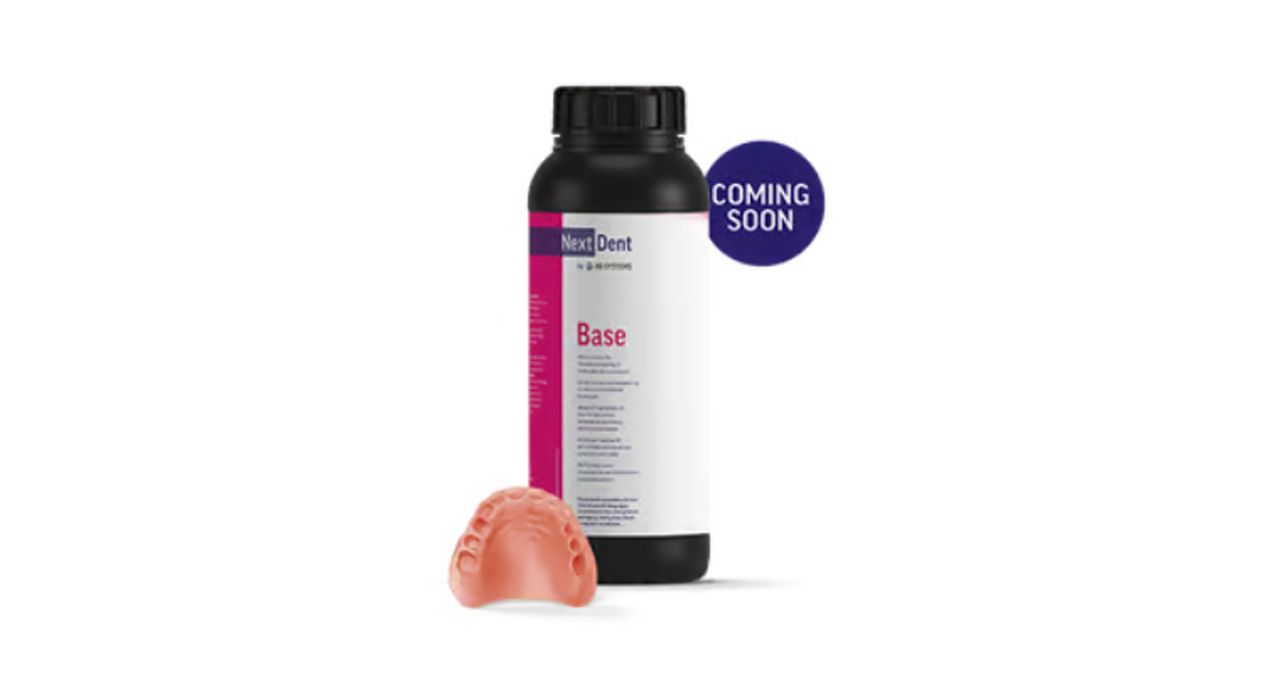
3D Systems expanded their dental presence with the release of a couple of new resins: NextDent Base and NextDent Cast. 3D Systems explained that NextDent Base is suitable for production of all manner of removable denture bases, and is the third generation of this material.
NextDent Cast is designed for production of crowns, RPDs, and bridges, and is extremely strong.
New IPX Photoresins for Quantum X Platforms
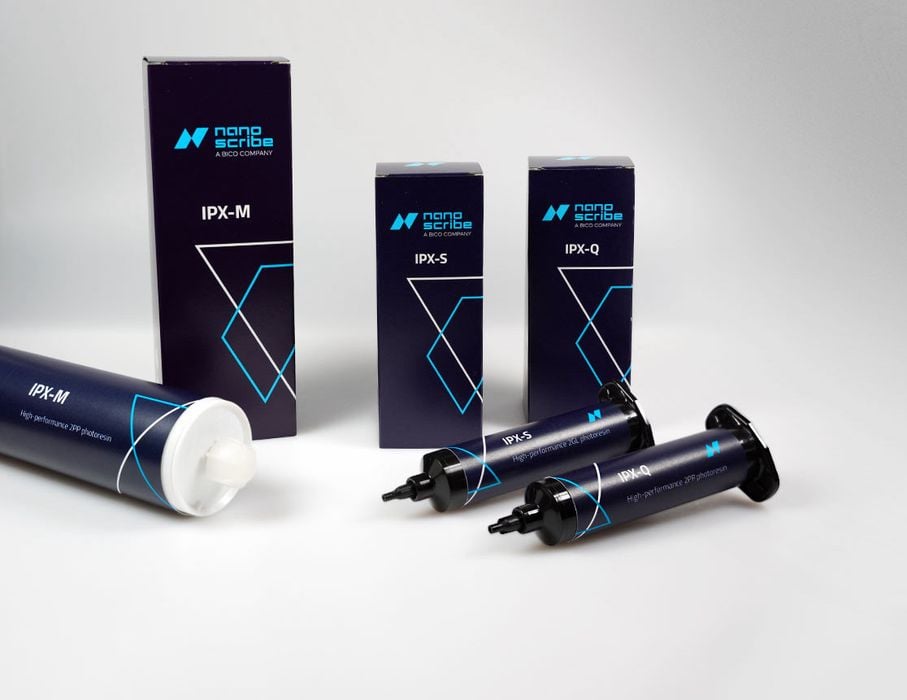
Nanoscribe announced IPX-M, a new resin for their Quantum X 3D printers. These devices specialize in two-photon printing of extremely small objects, but they can also print in larger dimensions if required.
The new resin is focused on that application, as it is designed for “macroscale” objects of centimeters in height.
Desktop Metal Introduces Copper Material
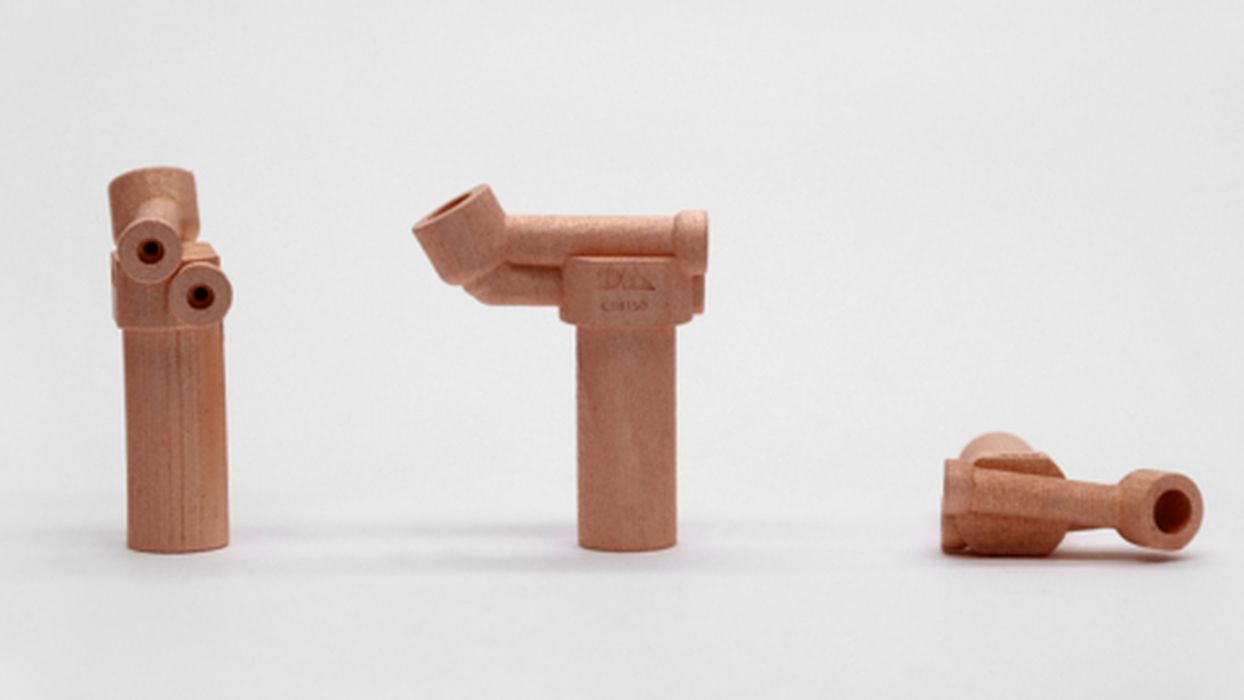
Desktop Metal release a new copper metal material for their Production system, Copper Alloy C18150. Desktop Metal explains:
“Also known as chromium zirconium copper, C18150 is a high-strength, high-conductivity copper alloy commonly used in thermal transfer applications, such as electrical connectors, welding electrodes, as well as other electrical and electronic components.”
This material has now been qualified for use on the Production system, which can now produce large quantities of highly complex copper parts using its unique single pass jetting technology.
Essentium’s New Duratem Material
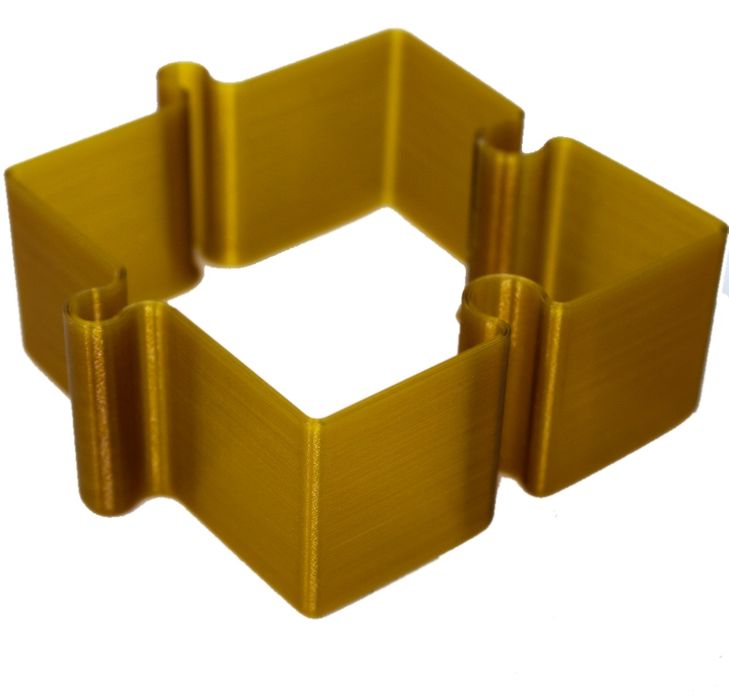
Essentium launched a new high-impact, high-temperature material, Duratem. Essentium believes this is the first high-impact material in this class, and should enable new applications in aerospace, automotive, and railway markets.
The key to this material is its impact resistance, which is apparently 5X that of ULTEM 9085, while at the same time being able to withstand heat up to 150C. It’s also resistant to flame, smoke and toxicity, and has passed suitable certification tests for these factors.
Essentium explains:
“Duratem is an open material that can be used on high-temperature 3D printing machines, including the Essentium High-Speed Extrusion (HSETM) 180 HT and HSE 280i HT 3D printing platforms. The material complies with Essentium’s certificate of conformance, which provides individual spool traceability through the ISO and AS9100 quality process.”
Liqcreate’s New ESD 3D Printer Resin
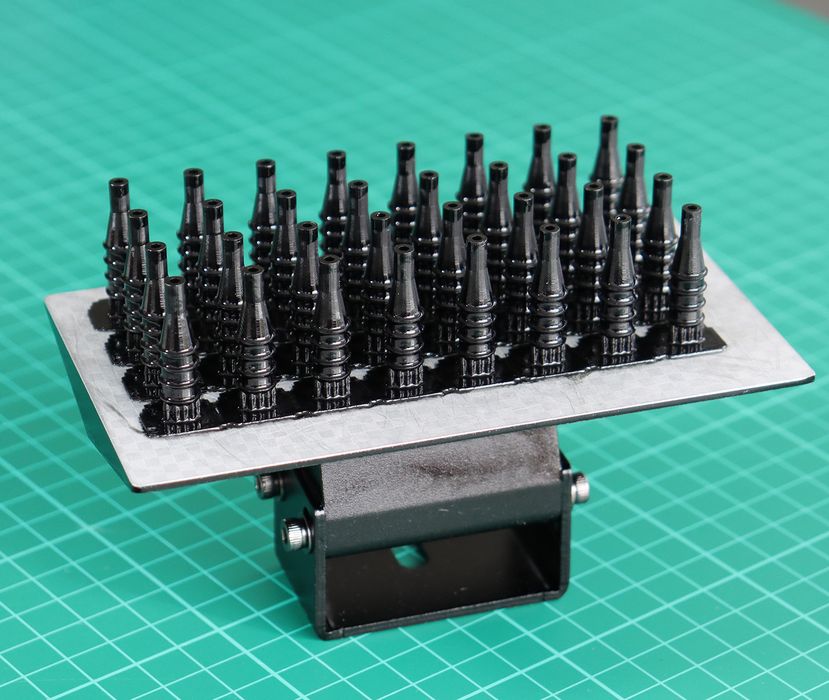
Liqcreate announced a new engineering 3D printing resin that is ESD safe. They explain:
“Liqcreate ESD is an opaque black photopolymer resin and can be processed on most resin based 3D-printers. 3D-printed parts from this material exhibit electrostatic discharge properties needed for electronic manufacturing and parts for ESD-safe workplaces.”
The new resin can be used on a wide variety of 3D printers using any photopolymer process that involves 385-420nm light engines.
